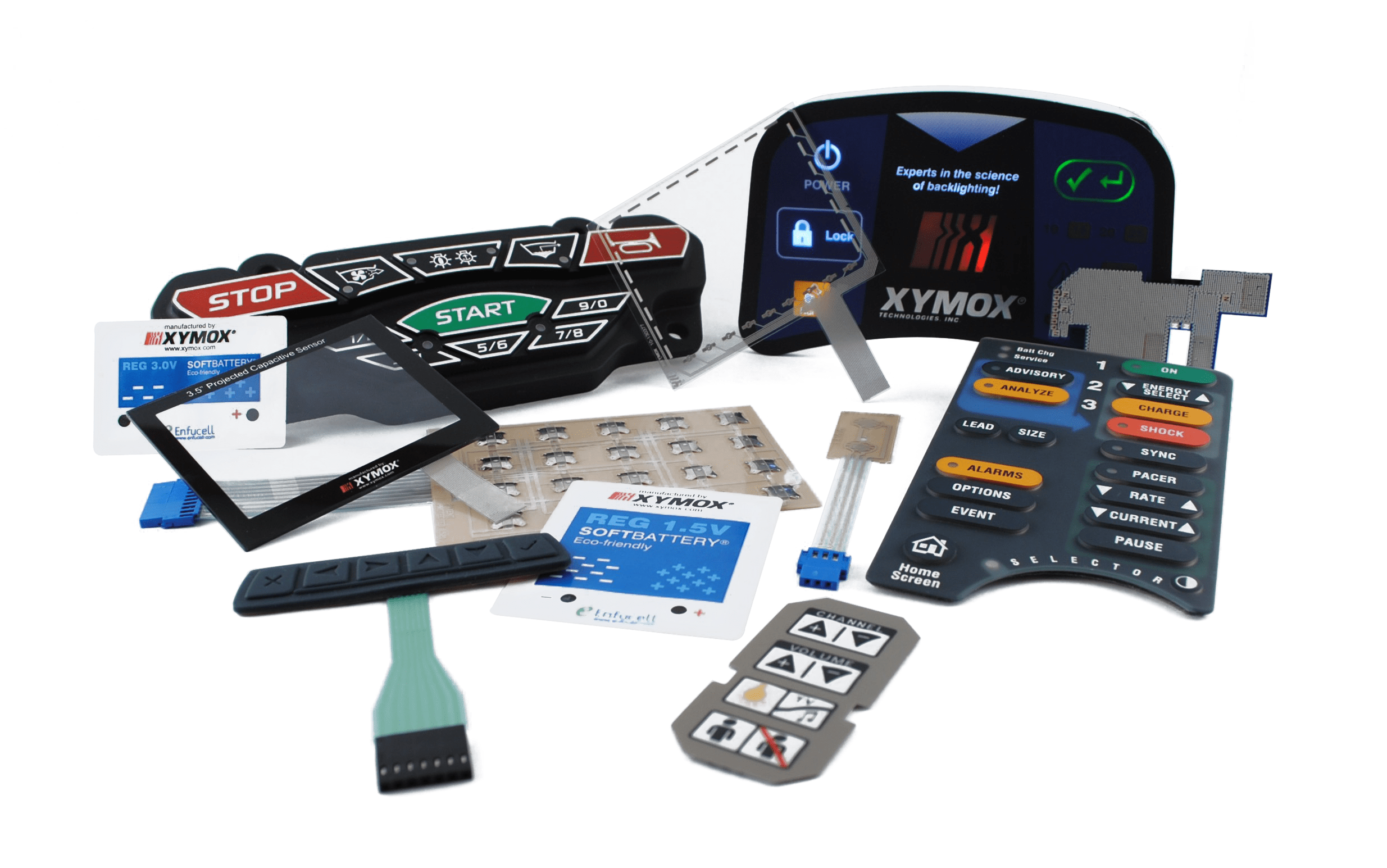Polyester is an industry standard and favored, over polycarbonate, for membrane switches.
For circuit layers, polyester is always used since it works best with the higher temperatures that are required for conductive printing. Polyester can be heat stabilized so that it can withstand the urge to shrink during processing.
The big choices come with the graphic layer. Embossing the keys gives a better user experience and a nicer look, this is where polyester shines and many think this is the biggest advantage that it has over polycarbonate. Embossing will stress any material, affecting it’s life, but polyester can handle this much better than polycarbonate. In fact, it is not recommended to emboss polycarbonate as it can lead to cracking, reduced life, and even failure.
Polyester also has a greater resistance to chemical exposure. This can play a big part in choosing polyester over polycarbonate if the switch will need to survive a harsh environment.
Both polyester and polycarbonate have good dielectric resistance but polyester is typically slightly better – this is generally not a giant factor in choosing one over the other but still, there is a difference.
Polyester is slightly harder to scratch than polycarbonate but there are so many surface treatments available for both types of material that this might be a tie.
The one big advantage that polycarbonate has is that it is easier to process and is clearer in heavier gauges (thickness) which makes color matching easier.

